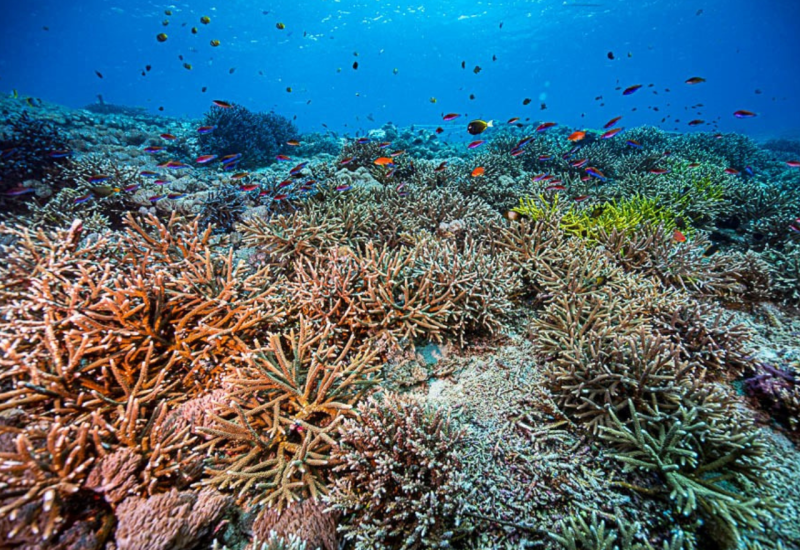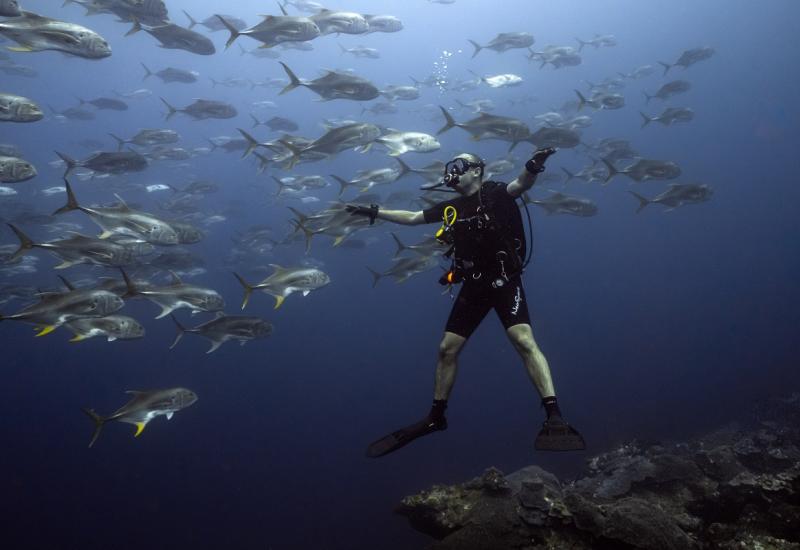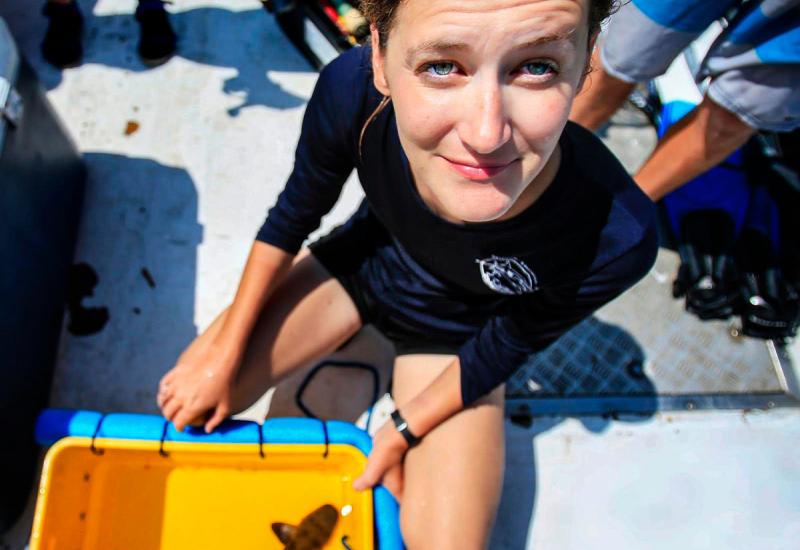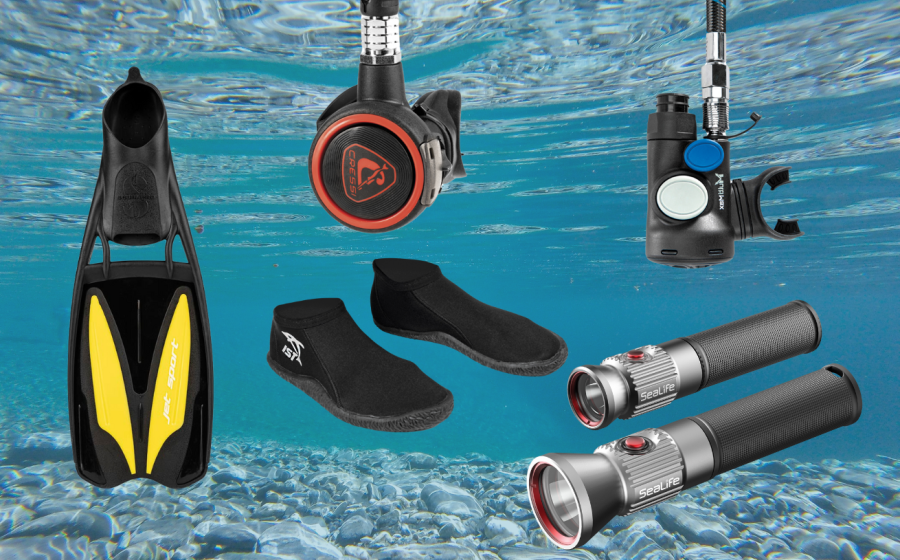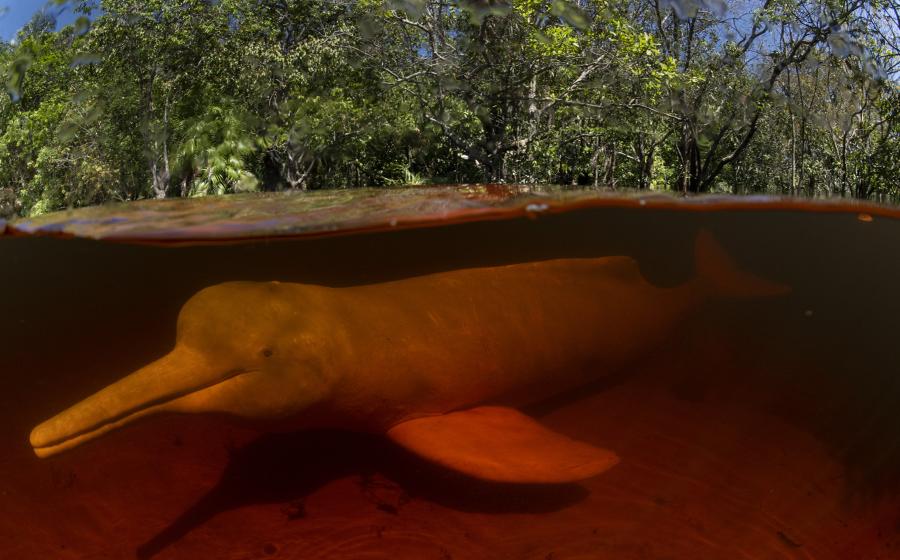On the Menu: Sustainable Seafood

Any diver who has made the plunge in the past decade knows our reefs look sparse. From the Caribbean to the Coral Triangle, no corner of the dive world remains untouched by the overfishing and pollution that harm the marine life we love. Of course, as aficionados of the sea, many divers also love to dig into a seafood dinner after a long day of diving, but a little knowledge goes a long way when deciding what to order. To help you sup your seafood sustainably, we’ve put together our dive-island dining tips.
GIVE UP THE GROUPER
Reefs around the world once boasted grouper of incredible size. The puppy-doglike fish tend to stay in one area and show little fear of divers — not to mention they’re delicious — making them all too easy to catch.
But just as you wouldn’t eat a trusting dog, so too should you forgo the grouper. Divers today rarely see anything but the smallest of grouper on reefs. These days, it’s best to simply give up the grouper topside so we can once again enjoy these delightful denizens down below and allow the species to recover.
SAMPLE INVASIVE SPECIES
Here’s a fish you can eat with a clear conscience: Invasive lionfish have infested the Caribbean and Gulf of Mexico. In just a few years, fish accidentally released from aquariums and ballast water in the Southeast U.S. spread from the Bahamas to South America, and these pesky predators are doing a number on native fish species like grouper. They’ve become so prevalent that dive destinations like Bonaire now encourage divers to help cull the fish by spearing them while they dive, and local chefs across the Caribbean have added the delicious fish to their menus. Feed your seafood craving; help save the reef. It’s a win-win.
PICK YOUR FISH
Parsing the information about where a particular fish came from and how it was caught can be tricky, but for 15 years, the Monterey Bay Aquarium has helped cut through the noise with its irreplaceable Seafood Watch guides. Some of the choices are obvious, like avoiding any dishes made with sharks or bluefin tuna, but the guide can help you discover sustainable choices in many regions. Find the guides online, or download the app.
**

**
CONSIDER THE CONCH
There are few creatures more coveted in the Caribbean than queen conch — the massive shellfish are the base ingredient for classic dishes like conch salad and fritters. But in many places, numbers can’t keep up with demand.
In the Conch Republic of Key West, you’ll sample only imported conch because Florida’s conch populations col- lapsed; their harvest was banned nearly 30 years ago. Even the conchrich Bahamas have seen declines. If possible, look for sustainably farmed conch like those from the Caicos Conch Farm in Provo, Turks and Caicos. Avoid them in places known for exploiting the resource, like the Dominican Republic and Honduras — or avoid conch altogether.
**

**
On the Rebound
Monterey Bay Aquarium removes 21 species of fish from its watch list
Monterey Bay Aquarium’s Seafood Watch list of fish to avoid when dining out just got a little shorter: Twenty-one species of bottom dwellers known as groundfish have recovered in sufficient enough numbers along the West Coast to be considered “Good Alternatives” or “Best Choices.” Affected species include grenadier, rockfish, sablefish and skate, among others.
The news marks the culmination of a 14-year turnaround for West Coast groundfish populations, which were commercially overfished so badly by the year 2000, it was declared an economic disaster by the federal government. Both strictly enforced catch quotas and governmental closing of some vulnerable habitat helped the groundfish to recover.


